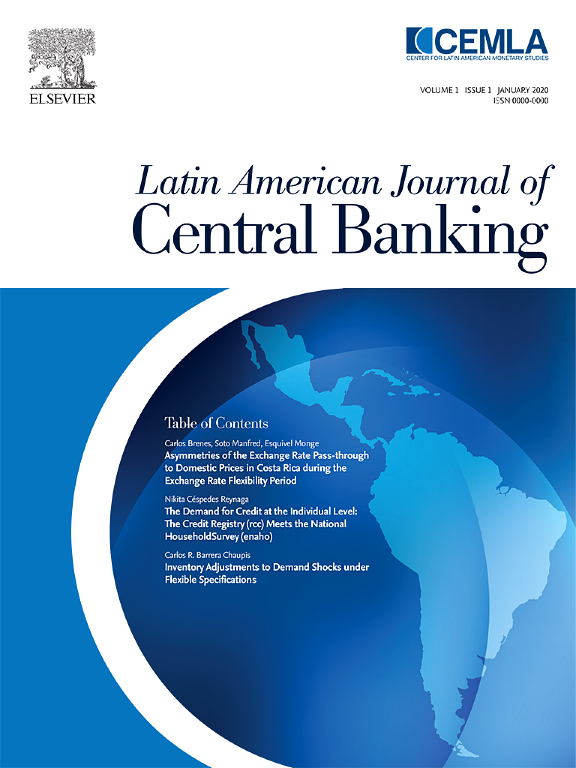Latin American Journal of Central Banking
Número:
4
Publicado:

Lo más reciente
Juliana Jaramillo-Echeverri, Adriana Sofía Rodríguez
Gaurav Khanna, Carlos Alberto Medina-Durango, Anant Nyshadham, Daniel Ramos-Menchelli, Jorge Andrés Tamayo-Castaño, Audrey Tiew
Pronosticando inflaciones de canastas de alimentos desagregadas en Colombia usando un modelo XGBoost
Cesar Anzola-Bravo, Poveda-Olarte Paola
The concept of centrality is widely used to monitor systems with a network structure because it allows identifying their most influential participants. This monitoring task can be difficult if the number of system participants is considerably large or if the wide variety of centrality measures currently available produce non-coincident (or mixed) signals. This document uses robust principal component analysis to evaluate a set of centrality measures calculated for the financial institutions that participate in Colombia's four financial market infrastructures. The results obtained are used to construct general indices of centrality, using the most robust measures of centrality as inputs and leaving aside those considered redundant.

 Jorge Ricardo Mariño-Martíneza,
Jorge Ricardo Mariño-Martíneza,  Javier Iván Miguélez-Márqueza
Javier Iván Miguélez-Márqueza